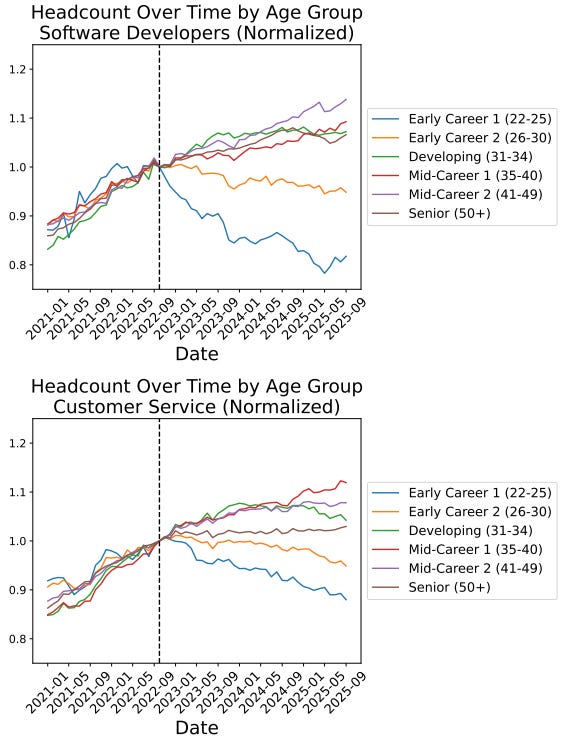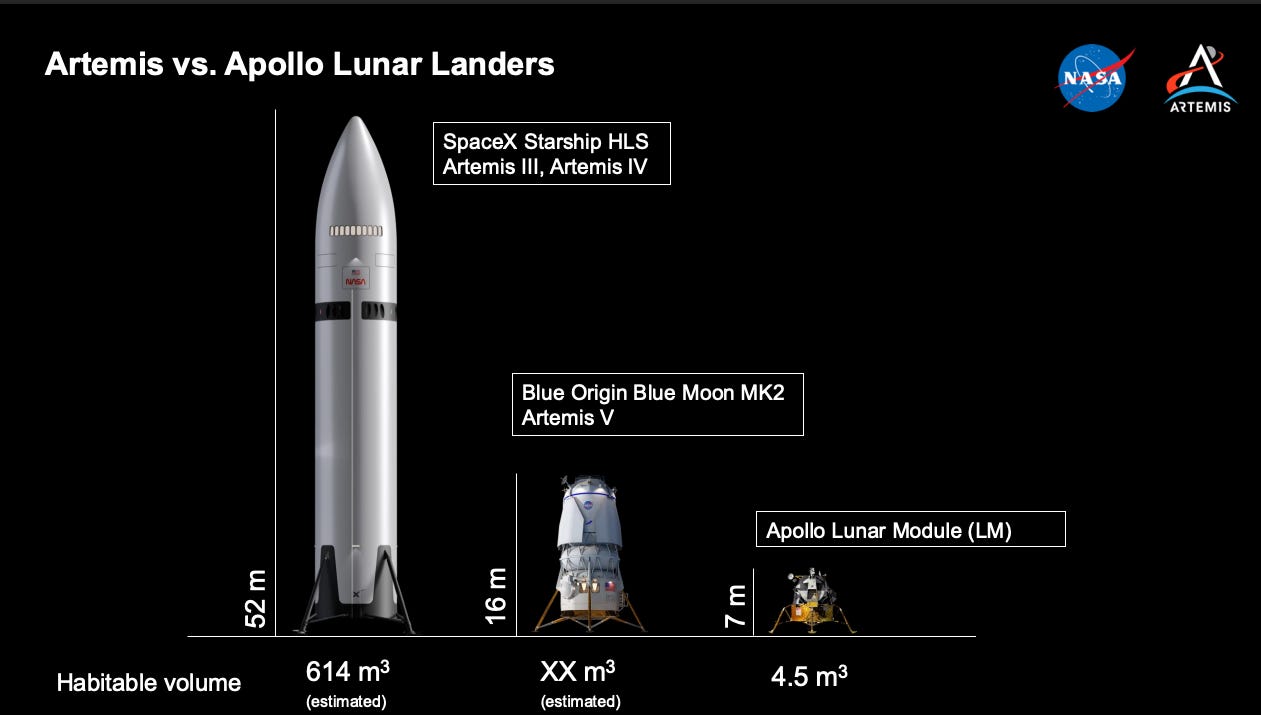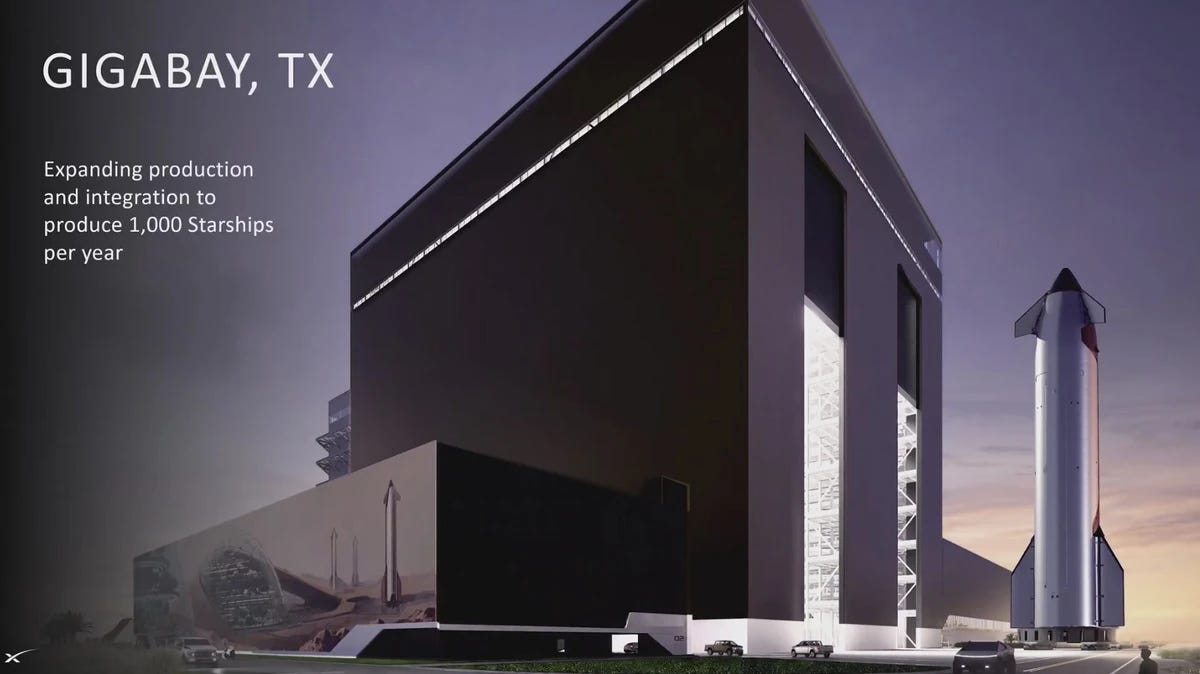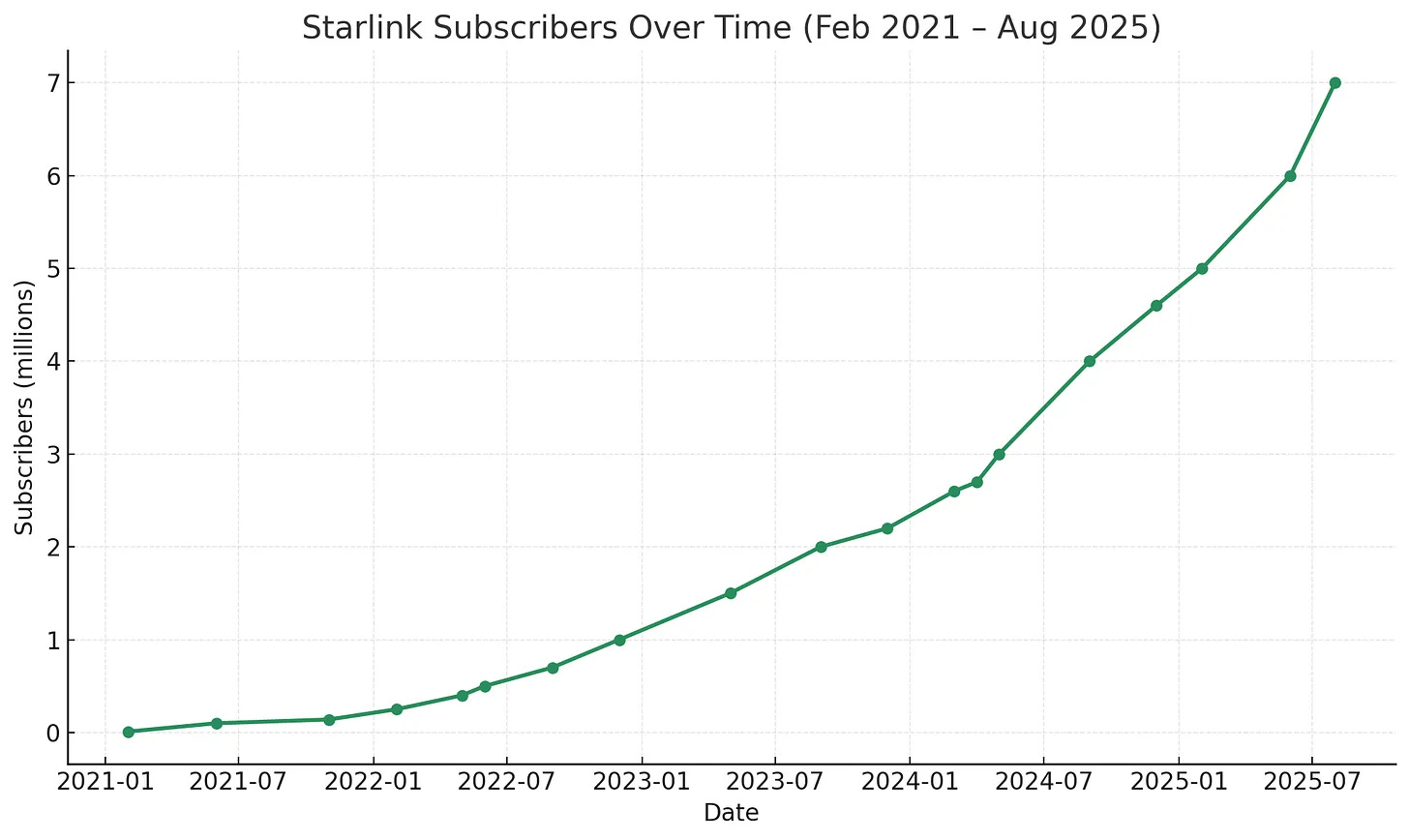AI Job Disruption is Here (and Very, Very Real)
The Weekend Leverage, November 16th
I apologize for the late send, I was up way too late last night reading the The Strength of The Few, the followup to my favorite book of 2023. Anyone else a fan? I can’t put it down.
This edition we’ll cover:
The breakdown in the data center supply chain
Why you’ll likely have a laundry robot by 2032
Junior staff are losing job opportunities at unprecedented rates
But first, this edition is brought to you by Pitch.
I once had a manager utterly devoted to the practice of decks. He mandated twice-monthly training sessions for us junior staff on how to exactly copy his all-powerful style of design and icon placement. It was a religion for him and an utter bore for us.
If only he had Pitch, all those hours could’ve been spent on, well, anything else that actually increased revenue. Pitch is a presentation maker for people who use decks to win work.
They’ve got a host of clever features like embeddable product demos, custom deal rooms, and tools that automate those annoying brand details that increase win rates. And now, they’ve launched AI actions that keep your writing on brand, enhance your images, and personalize messaging—all right there in your Pitch presentation.
The point of all this isn’t marketing fluff—every feature is designed to make decks that make you money. I’ve been impressed with how the AI is actually useful, keeps branding in check, and saves me time in my decks. You can try it out at the link below.
MY RESEARCH
THE AGE OF ROBOTS HAS COME. After 6 months of research, dozens of interviews with investors and operators, and enough caffeine to put a horse in a coma, I published my research report on robotics this week. We sit in a moment that feels incredibly similar to LLMs in 2021 where the technical direction is clear but no company has reached escape velocity. Who will be the next OpenAI? Where will profit accrue? I write it all here—if you read one thing from me, this is the one.
As proof of my thesis, one robotics startup raised a billion while another is raising $400 million at a $5 billion valuation from Google after I published this piece. This is why you pay/read me! The Leverage lets you know the future first.
Sam Altman’s Worldcoin wants to fix the problems OpenAI is causing. In the very, very near future, the internet will be filled with intelligent AI agents that are taking actions on some human’s request. Those actions could be innocuous stuff like booking a flight or it could be about deploying a bot swarm on social media to try to sway people’s votes. The worst problem is that we have no good answer on how to tell human from bot. Our current solutions—little puzzles, texts to a phone, or photo verification of driver’s license—are relatively easy to fake. Maybe, just maybe, the answer is crypto. After all, it solves many of the problems of current “proof you aren’t a Terminator” products. The project has raised $375 million and has over 17 million active users and is backed by the best firms out there. However, I found that most of the coverage of the company was analytically weak or ideologically biased just because it uses crypto technology. So I sat down with the team to finally get some answers on how this all works.
This week feels like the smartest and most insightful week from The Leverage ever. I would love it if you could share my work this week!
WHAT MATTERED THIS WEEK?
SMART PAPERS
The culling of the young continues. A new paper from Stanford used high-frequency payroll data from ADP, a U.S. payroll provider with over 25 million workers, to track monthly employment and pay by age, occupation, and firm from 2021–2025. From there, they classified occupations by AI exposure using Anthropic’s Economic Index, which tags tasks as automative vs augmentative based on millions of Claude queries.
All of this was to answer this question: since the rise of gen AI, how have employment and wages changed for different age groups in occupations with varying AI exposure? The results are a bit shocking.
There was a 16% relative employment decline for 22–25 year-olds in the most exposed jobs, while mid-career workers (35–49) in those same jobs grew >8%. Employment declines for young workers were concentrated in the “automative” bucket. In high-augmentation occupations, junior employment is flat or growing. There’s no clear negative pattern. And yes, before you ask, the study did a good job controlling for factors like tariffs, industry-specific issues, or interest rates.
In my conversations with CEOs at large companies, most have reported a disappointing result in the use of generative AI to reduce costs. The ones who were most pumped about AI instead used it to raise ambition. They wanted to get far more leverage out of their existing senior staff with the taste and institutional knowledge to get stuff done. AI’s just allowed that work to be that much larger.
PUBLICS
Samsung puts the screws in for memory. Next year, there is $500-600 billion expected to be spent on datacenters by big tech. At this level of scale, every weakness in the supply chain turns into a massive financial opportunity. Memory is a key component in making data centers work and for many years, Samsung has been the leading supplier. Reuters reported that the firm has leveraged this position to raise prices by up to 60%!
And because markets are good and respond to opportunities, there has been a rush of startups to fill this gap. This week a startup called Majestic raised a $71 million Series A for a $100 million total raised in the last two years. The company is designing a new type of silicon that has “1,000 times the memory” of a typical server. I’ve heard of multiple other startups having different approaches to solving the crunch in memory components, all out raising capital right now.
This is happening for essentially every component on the planet. There is going to be a shortage of batteries here soon, so a startup has raised $120 million to put a bunch of heat absorbing rocks into a metal box that gets flambéed by the sun. Essentially, it’s a charcoal grill but instead of searing A5 Wagyu, it uses the energy to power server racks. This could be a good idea, could be terrible, I don’t know anything about this stuff. What I do know is that this sort of technology would not be the focus of investor’s attention without the AI wave.
It is important to reiterate that this is happening for every single component around data centers. (Here’s another for chip-cooling plates that raised $50 million this week). Suppliers realize this, which is why Nvidia has been furiously investing in neoclouds including a $327 million raise this week in an Australian cloud called Firmus. You need more customers, more customers for your customers, etc.
Investors are betting on data centers which are bets on AI adoption rates which are bets AI pricing models which are bets on AI researchers. It is eerily reminiscent of the 2008 mortgage crisis, where synthetic CDOs allowed Wall Street to turn every $1 of subprime mortgage risk into $3-5 of synthetic bets. But instead of mortgages, we are all betting on the investment decisions of the 10 people in charge of the hyperscalers and leading AI labs. Ah! We may be a bit over our skis here…
SPACE IS KEWL
SpaceX’s new factory will make 1,000 Starships a year. The starship is by far one of the most inspiring projects humanity is attempting today. The rocket’s explicit goal is to make humanity a multi-planetary species. To accomplish this, we need a TON of rockets and they need to be large. To give you a sense for scale, here they are in comparison to the Apollo Lunar Module.
To make this possible, SpaceX is building the “Gigabay” a factory that will stand “SpaceX’s Gigabay is expected to stand about 380 feet tall and have 46.5 million cubic feet of interior space. This will be one of the largest structures mankind has ever made.
It’s wild that this will mostly be paid for by consumer subscriptions to Starlink internet access, which is going exponentially up.
The primary thing I want to say is this: hell yeah. I want my billionaires funding wildly ambitious scientific initiatives that move humanity forward. There are, of course, the long-term changes this will make to transportation, logistics, etc. But that analysis can await another day. For now, you just need to know the Gigafactory is aimed to be completed by December 2026, and from there we are racing off to the stars.
TASTEMAKER
A really, really incredible week for media.
Rosalía’s LUX feels like a coronation. She fuses full-scale classical music—London Symphony Orchestra, choral architecture, baroque flourishes—with cutting-edge pop production in a way that feels totally natural, like she’s been fluent in this hybrid language her whole life. The record moves through more than a dozen languages, each tied to a different female saint or mystic. You can hear the depth of her research into holy women in every melodic turn and lyrical gesture. LUX is huge, ornate, and deeply intentional—a rare album where ambition and execution hit the same altitude. This is one of the biggest artists in the world completely reinventing their sound and absolutely nailing it. Hard to imagine what more you could want from an album than this.
Sentimental Value follows sisters Nora and Agnes as they reunite with their estranged father Gustav, a once-renowned director trying to claw back his career—and mend their fractured family—by making a deeply personal film about their shared past, a choice that drags long-buried resentment and grief into the open. The performances land in that perfect, lived-in zone where every glance and hesitation carries meaning, and the cast moves through the story with a precision that never feels labored. This film is executed at the highest level by every member of the team. The acting is sublime with a million subtle choices, the cinematography is all warm textures and patient compositions. The result is a film that stays with you. Expect nominations for best picture, best director, actress, supporting actor, supporting actress, and original screenplay. One of my absolute favorites of the year.
Have a great week,
Evan
Sponsorships
We are now accepting sponsors for the Q1 ‘26. If you are interested in reaching my audience of 35K+ founders, investors, and senior tech executives, send me an email at team@gettheleverage.com.












